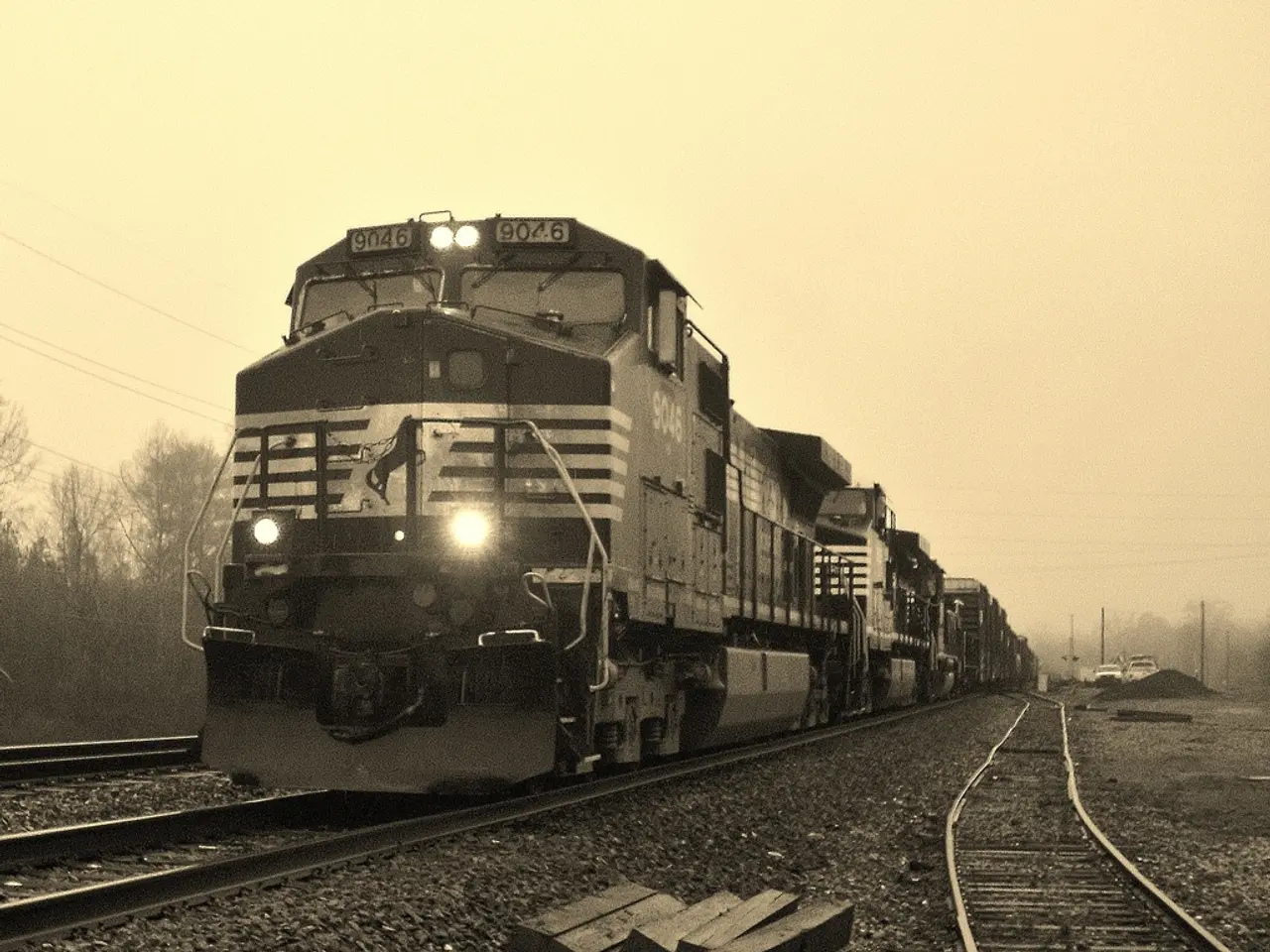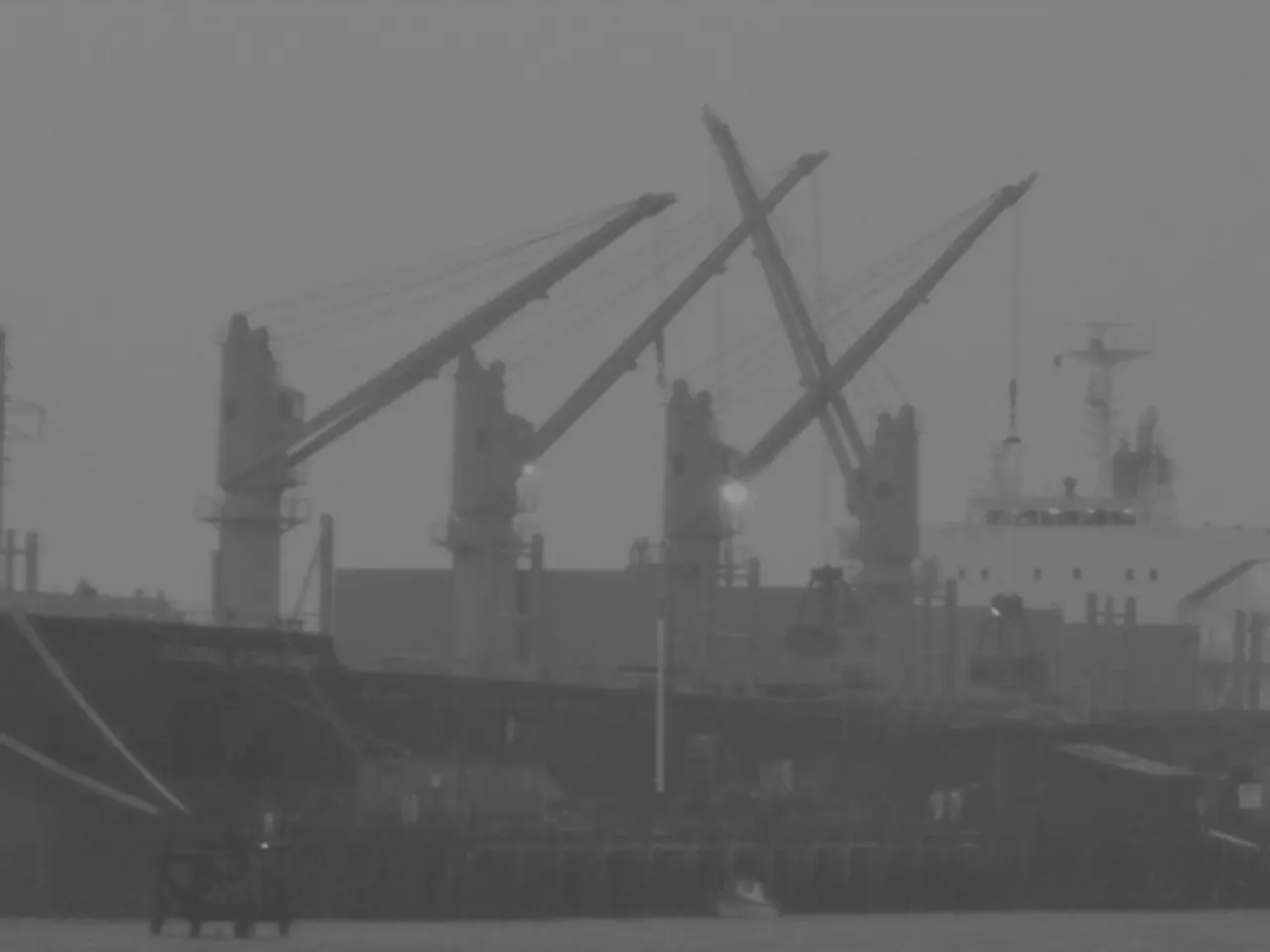Expanding Railway Line Towards Küstrin: Idea Pushed Forward by Woidke
Improving Rail Infrastructure Along the Berlin-Kuestrin Line
The Berlin-Kuestrin (Kostrzyn) railway line, connecting Germany and Poland along the Oder River, is undergoing significant changes to enhance cross-border rail infrastructure. Here’s a look at the current plans, progress, and potential economic benefits for the Oder region:
Current Plans and Progress
- Electrification and Modernization Plans are in place to electrify and modernize the Berlin-Kuestrin line, which forms part of the broader Berlin-Warsaw railway corridor. The project aims to boost rail speeds, reliability, and environmental sustainability by replacing diesel traction with electric trains.
- Cross-Border Coordination The project requires cooperation between Deutsche Bahn (Germany’s railway operator) and PKP (Polish State Railways) along with regional governments. This collaboration ensures infrastructure standards align for seamless international rail traffic.
- Infrastructure Upgrades Beyond electrification, efforts include renewing tracks, modernizing signaling systems, and renovating stations and border-crossing facilities. These upgrades improve capacity and reduce travel times on the route.
- Funding and Timelines Funding comes from EU cohesion funds aimed at strengthening trans-European transport networks (TEN-T), along with national and regional investments. Timelines are generally medium-term, with sections already underway or planned for the coming years, though full electrification and modernization may take several years to complete.
Economic Benefits for the Oder Region
- Improved Connectivity Enhanced rail links between Berlin and Kuestrin/Kostrzyn increase regional accessibility, promoting passenger and freight mobility. This allows businesses in the Oder region easier access to larger markets and suppliers in both countries.
- Cross-Border Economic Integration The upgraded rail line fosters closer economic ties between German and Polish border communities, encouraging cross-border trade, labor mobility, and collaboration. This can help reduce economic disparities and stimulate regional development.
- Boost to Tourism Better rail services support tourism along the scenic Oder valley, encouraging visitors from Berlin and beyond to explore Polish towns, boosting local hospitality and services sectors.
- Attraction of Investments Improved logistics and transport infrastructure can attract new industries and distribution centers to the region, leveraging its strategic position along a European transit corridor.
- Environmental Advantages Electrification reduces greenhouse gas emissions and noise pollution compared to diesel trains, supporting sustainable regional development goals.
In summary, the electrification and expansion of the Berlin-Kuestrin line represent a strategic infrastructure upgrade that, once realized, will significantly enhance the Oder region’s integration into European transport networks and stimulate its economic growth through improved connectivity and environmental sustainability. Corresponding construction measures are also needed along the federal highway, as suggested by Woidke.
- The improvement in rail infrastructure along the Berlin-Kuestrin line, driven by migration and policy-and-legislation focused on war-and-conflicts and politics, can lead to increased economic opportunities.
- General-news outlets have reported on various aspects of this project, such as war-and-conflicts potentially driving migration and the role of policy-and-legislation in shaping the electrification and modernization of the Berlin-Kuestrin line.
- As a result of the enhanced rail infrastructure, regional economic integration and tourism could potentially be affected, shedding light on the broader geopolitical implications of migration and the policies addressing war-and-conflicts.







